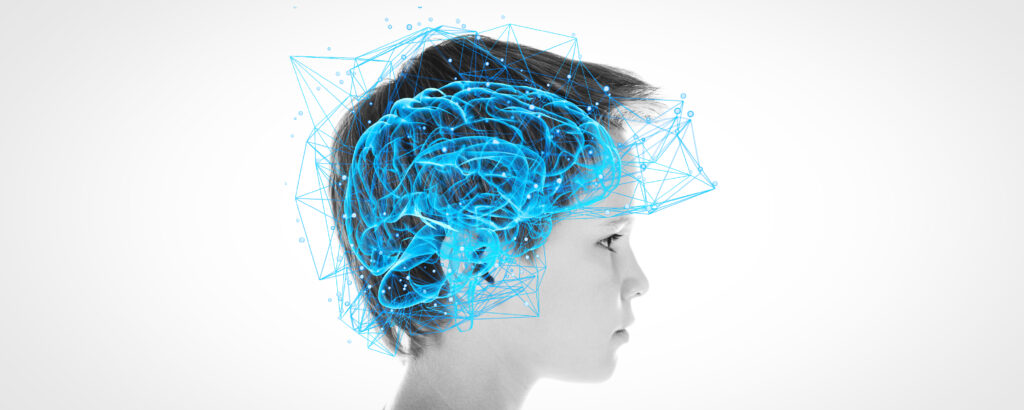
When you think about it, it’s quite simple. Technology companies alongside well-respected medical professionals and biologists seek a way to make a difference. Nevertheless, there is a long journey of handling real pain. Research has taught us that there is a substantial threat to wellbeing across society. There is growing frustration among a broad […]

Brain-Computer Interface (BCI) and EEG headset technologies are quickly becoming go-to areas for new product research and software development initiatives. Innovative new products and hardware in this space now allow software developers to monitor brain activity directly and turn that data into exciting new user experiences. With many new fields of research opening up in […]
Are you paying attention to this article? What if you could train your brain so you could enhance your attention skills and focus instead of letting your mind wander? Brain-Computer Interface (BCI) uses neurofeedback, or electroencephalography (EEG), to directly measure neuron activity and translate it into data so you can identify when and how to […]

Virtual Reality. We hear the term so often in this day and age, but how big of an impact is augmented and virtual reality (AR/VR) really making on the progression of technology? The answer is: the impact is significant and it’s only growing. Within the first two months of 2016, investment in AR/VR reached $1.1 […]

Over one million American military veterans are living with mood anxiety, posttraumatic stress disorder (PTSD), depression, and other disorders. While Veterans Affairs, or the VA, attempts to find successful therapies for veterans, many individuals are left feeling hopeless and defeated when none of the treatments they’re offered work. As clinicians explore new therapies for their […]

Mobile health, also known as mHealth, empowers everyday people to take control of their health through the use of smart devices. Today, adults primarily reap the benefits of collecting health-related data through smart devices, but with Generation Z being the most technologically adept demographic, there’s a significant opportunity for mHealth technology to support children and […]

Acute stress is not hard to detect—physical symptoms like sweating and shaking aside, your heart tends to beat heavily, quickly and consistently. The amount of time between each beat is reduced, getting to the point where it feels like your heart may pump right out of your chest. This is typically the way your body […]

You may be surprised to learn that HRV monitoring isn’t just for humans, but it’s true! In fact, advancements in HRV technology are paving the way for wearables to be used by our four-legged friends. If you’re a pet owner, news of the burgeoning technology is sure to get your proverbial tail wagging! That’s because […]